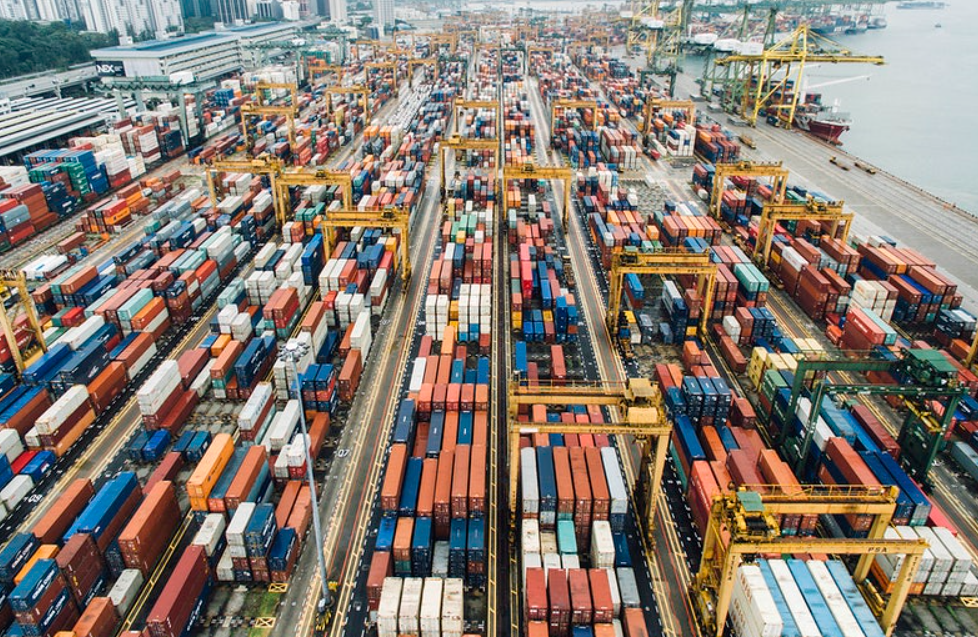DUBLIN – The “E-Commerce Logistics Market: Global Industry Trends, Share, Size, Growth, Opportunity and Forecast 2022-2027” report has been added to ResearchAndMarkets.com’s offering.
The global E-commerce logistics market reached a value of US$ 317.34 Billion in 2021. Looking forward, the publisher expects the market to reach a value of US$ 803.24 Billion by 2027, exhibiting a CAGR of 16.74% during 2021-2027. Keeping in mind the uncertainties of COVID-19, we are continuously tracking and evaluating the direct as well as the indirect influence of the pandemic on different end use industries. These insights are included in the report as a major market contributor.
E-commerce logistics refers to various processes like inventory management, warehousing, packaging, labelling, invoicing, shipping, payment collection, return, and exchange. It relies on detailed information about territories, roads and road conditions, regulations regarding the movement of goods, and transport laws to deliver goods faster.
It offers several benefits, such as efficient business growth, valuable insights, and scalability. Presently, the growing cross-border e-commerce activities due to higher per capita income levels of individuals and easy access to foreign brands are catalyzing the demand for e-commerce logistics across the globe.
The increasing adoption of blockchain technology in e-commerce logistics to enable customers obtain reliable tracking information with more streamlined and cost-effective operations represents one of the key factors driving the market. Moreover, there is a rise in the application of printed electronics technology to reduce e-commerce shipping costs.
This, coupled with the increasing employment of automated identification and data capture (AIDC) technologies to improve inventory accuracy, lower data entry costs, and minimize shipping errors, is propelling the growth of the market. In addition, the growing customization of e-commerce logistics services is positively influencing the market. Besides this, there is an increase in the number of e-commerce websites and the availability of low-cost cargo around the world.
In line with this, the burgeoning e-commerce industry is offering lucrative growth opportunities to industry investors. Apart from this, the integration of transportation management software (TMS) in e-commerce logistics to plan efficient deliveries in the supply chain is bolstering the growth of the market. Some of the other growth-inducing factors are technological advancements, improved relationships between customers and suppliers, and increasing internet usage.
Competitive Landscape:
The competitive landscape of the industry has also been examined along with the profiles of the key players being Agility Public Warehousing Company K.S.C.P., Amazon.com Inc., C.H. Robinson Worldwide Inc., CEVA Logistics (CMA CGM S.A.), DHL (Deutsche Post AG), Fedex Corporation, Gati Limited, Kenco Group, Kuehne + Nagel International AG, Rhenus Group (Rethmann Se & Co. Kg), SF Express Co. Ltd. (Shenzhen Mingde Holding Development Co. Ltd.) and Xpo Logistics Inc.
Key Questions Answered in This Report:
- How has the global E-commerce logistics market performed so far and how will it perform in the coming years?
- What has been the impact of COVID-19 on the global E-commerce logistics market?
- What are the key regional markets?
- What is the breakup of the market based on the product?
- What is the breakup of the market based on the service type?
- What is the breakup of the market based on the operational area?
- What are the various stages in the value chain of the industry?
- What are the key driving factors and challenges in the industry?
- What is the structure of the global E-commerce logistics market and who are the key players?
- What is the degree of competition in the industry?
Source: Research and Markets





